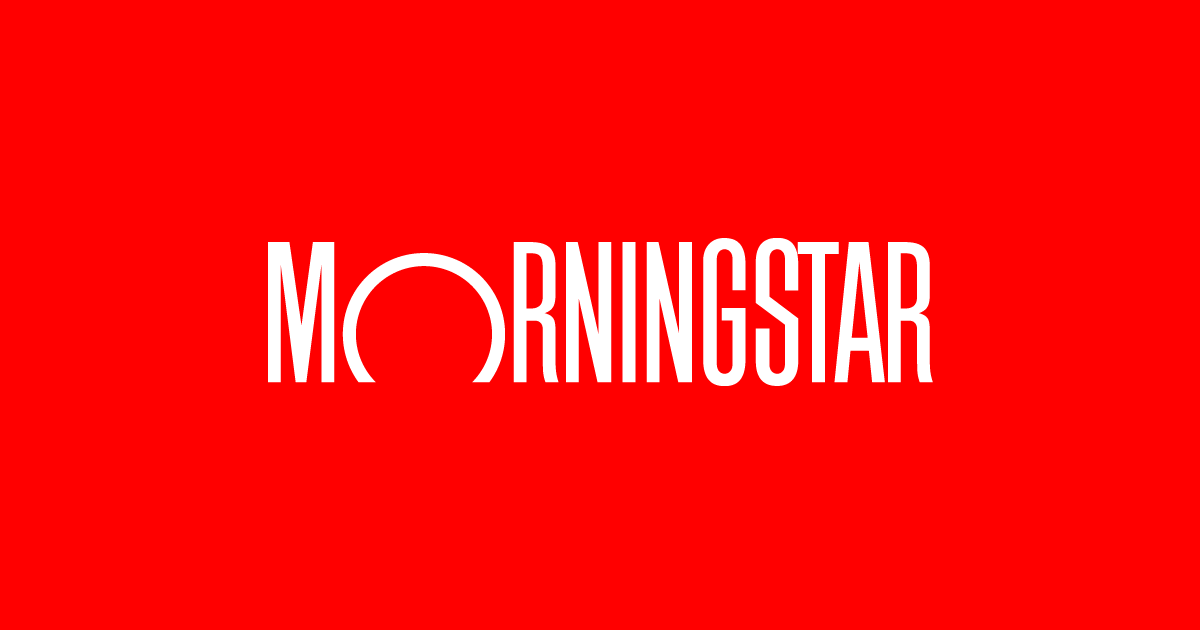- Leveraged funds have massively decreased their bearish Australian dollar (AUD) positioning (by over 90%) so that it is now nearly flat, while asset managers also decreased their bearish AUD exposure (by roughly 65%).
- So far, 2024 has been a tale of two quarters for AUD/USD. The pair fell sharply from January to mid-April, only to rebound equally sharply in the ensuing months. It now trades roughly back to the January level.
- The FX volatility curve using CME Group options data suggests investors remain relatively calm, as they have throughout 2024.
From early January to mid-April, AUD/USD fell from just above 0.6800 to around 0.6350, or roughly 6.5%. By comparison, the U.S. dollar rose roughly 5% over the same period. So, while the AUD direction of travel was like other major currencies versus the USD, AUD underperformed. Since then, AUD has outperformed. Inflation has remained strong in Australia, the labor market has remained tight, and the Reserve Bank of Australia (RBA) has flirted with tightening interest rates when many central banks are considering cuts.
Leveraged funds have materially reduced short AUD exposure, decreasing net shorts to -1.2K contracts from -18.2K contracts (Chart 1). Beyond AUD, leveraged funds have increased net short EUR and JPY positioning, increased net GBP longs, increased net bearish CHF and decreased net bearish CAD exposures.
Meanwhile, asset managers have also become net less bearish AUD, decreasing net short AUD exposures to -22.6K contracts from -63.2K contracts in the prior period (Chart 2). They are net bearish all other currencies excluding EUR and NZD, with the big reduction in CAD net shorts standing out.
Macro Hive take: Absent a strong dollar sell-off, AUD/USD is likely capped. We think markets are too hawkish on the RBA’s interest rate outlook – a hike is unlikely. Given we think AUD/USD upside is limited, we seek opportunities to short the pair. Before entering, though, we want to see out the next couple of Australian data points (see below). Additionally, we want positioning to become more bullish, which would give us better conditions to fade any AUD/USD strength.






